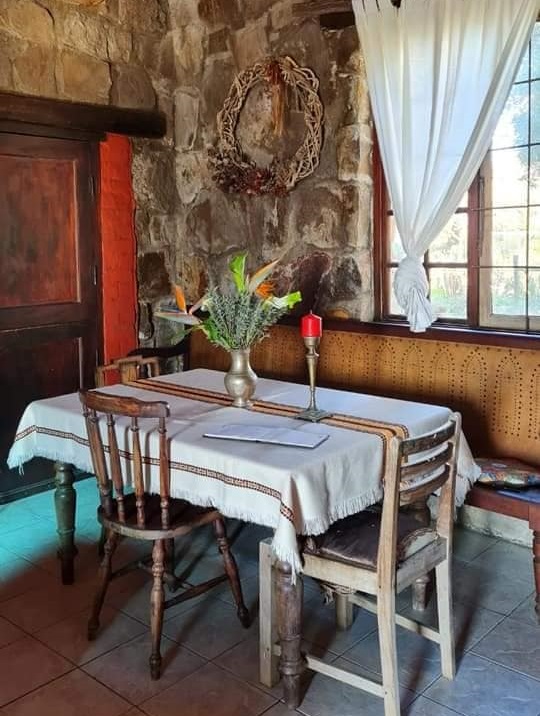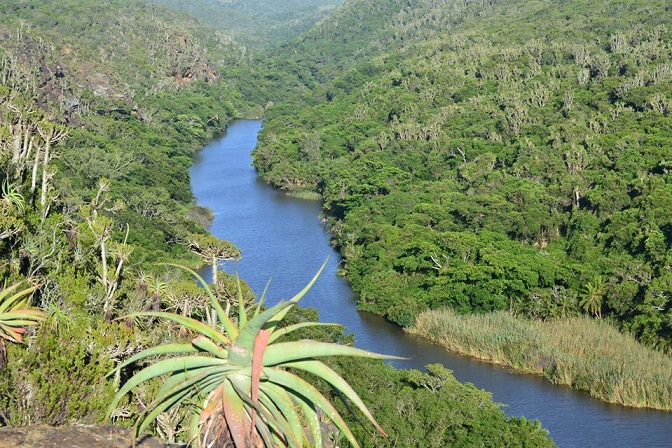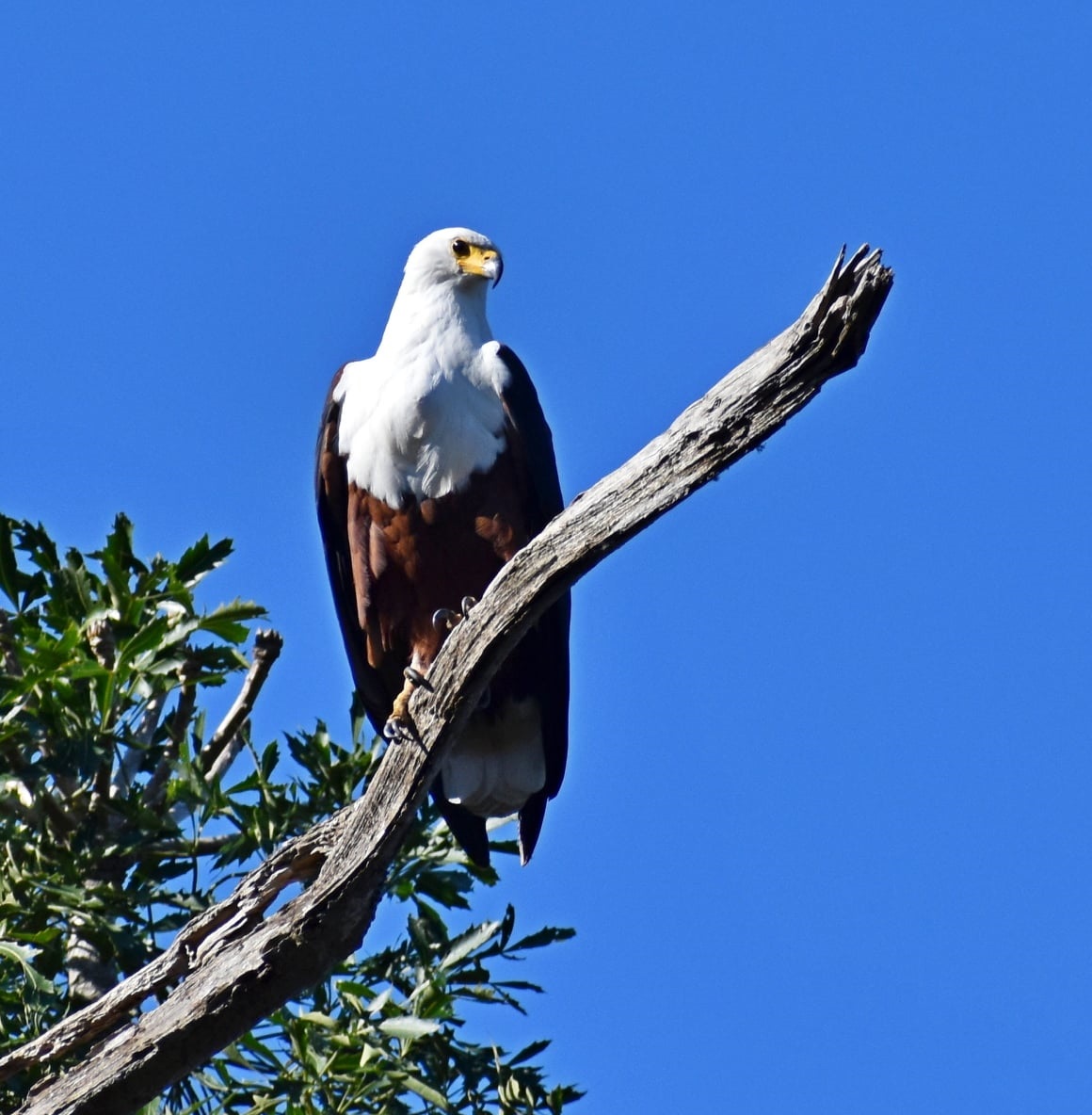Conservation Area
Habitat Reserve
26 km east of Port Alfred, Eastern Cape, South Africa
-33.485364, 27.080667




The Kap River Conservancy was established in 2008, between the then three owners of Farms 3 – 6 at South Seas, Kleinemonde in the Eastern Cape of South Africa. The aim was to conserve the existing fauna and flora. Prof Lubke, who is professor of botany and his late wife were avid botanical guardians, and indeed introduced us to the rarity and beauty of our valleys which are home to unique plants.
Currently, the conservancy is about 100ha in size and comprises of 3 ancient and currently exceptionally dry river beds ending in waterfalls. The corresponding valleys lead into yellowwood forest, home to a large flock of green parrot - with possibly the last wild Clivia Nobilus colony.
Our conservancy has 2.5km of river frontage in virgin forest along the rugged glacial Quartzite cliffs with the river also bordering the Kap River Nature Reserve. The Kap River Valley is a unique eco subsystem with a vast array of natural fauna and flora. Because the property is untouched by man or time it has an ancient wildness about it.
We have various activities and options that allow people a glimpse of raw, beautiful, harsh nature and the result of 3 million years of geographical evolution from varying comfort levels. At our L'Aquila Lodge we offer self-catering stays, team building and weddings and guests can enjoy canoe trails or wild camping on the property, too.
Conservation Highlights:
- The restitution and cultivation of protea and fynbos.
- The cultivation and conservation of cycads, namely trespinosis and altensteini: approximately 2800 cycads are occurring naturally in the conservancy.
- Identification and recording of existing flora: Albany thicket; succulents, stone crop and aloes; and fynbos.
- Removal of invasive plants from the riverbank and restoration of indigenous forest.
- We have diverse birdlife: over 300 of about 700 of South Africa’s known species are resident, such as Fish and Crowned Eagle.
Future Aims:
- A responsible management of the river:
It is the only freshwater river in the entire area and in a world of scarce water resources we feel it needs to be tended to as a matter of urgency: it was once home to over 30 Cape clawless otter. Irresponsible management of the silt pump and the bridge which served as a weir led to their loss; and the river was even left to dry up completely in 2017….
The river level has dropped 6m with the adjusted bridge height and the reeds have all but turned a healthy deep fresh water river into a marsh of rotting vegetation and root debris overgrown with various pioneer invasives’ and reeds, leaving an entire Nature reserve and corresponding valley with the loss of a most valuable, scarce and indeed vital resource, fresh water… this in concurrently leaves the game even more vulnerable to the historically rampant poaching, making the poaching more fruitful than usual and has increased to such severity that its almost too late.
- The President’s Award
The organisation is very active in our area, and we would be very eager to collaborate with them in promoting awareness among the youth.
- A Summer survivor camp concept: This includes skills development and lifesaving activities, and engages children into a wild experience for 3 weeks. Computer and technology free, incorporating the Fish River Beach, and the entire Conservancy to promote awareness and instil a love of nature in the next generation.
- The cultivation and propagation of fynbos as a potential economic option.
- The creation of a tree house with cave and cliff top forest canopy walkway.